Measurement is a cornerstone of science, in fact of pretty well everything we do: How far? How fast? How long? We take most measurement for granted, with little thought to how the process originated. We demand accuracy and precision, forgetting that these are relatively modern luxuries. Before the universal clock chimed GMT in 1884, there were more than 200 time zones in the US. A league in France was shorter than a league in Spain, a discrepancy for which the 16th C French scribe François Rabelais had an imaginative, if rollicking explanation. In his tale, The Life of Gargantua and Pantegruel (1532-1564), a king required a standard distance to be determined (after all, if he was going to send his armies to battle it would be best if his advisors new how far they had to go). He sent a trusted Knight, instructing him to ride to Spain, stopping every league to “roger and swive”; hence the discrepancy. The leagues gradually became longer. The amusing satire of this explanation had its roots in real Medieval measures; the width of a hand, the distance one could walk in an hour.
By the end of the 16th Century, with bourgeoning Renaissance creativity and inventiveness, the guess-work of measurement came to an end. Measuring instruments were invented, craftsmen’s skills were honed. Wander through the Museo Galileo in Florence, through rooms filled with collections of mechanical devices (the Medici Collection is particularly important), and you are immediately struck, not only by the inventiveness, but also the consummate skill of the instrument makers.
One measuring device that stands out is Galileo’s Compass. There is some debate whether he alone invented this, or (unknowingly) shared the honours with Thomas Hood, an English mathematician. But Galileo’s version, the Proportional, or Sector Compass that was first constructed in 1597, became the standard for a multitude of arithmetic calculations; multiplication and division, square and cube roots, volumes and areas, trigonometric functions, latitudes, and parabolic distances for ballistics – a veritable slide-rule. Apart from the inquisitiveness of people like Galileo or Hood, a major driving force for accuracy of measurement was the military (not much has changed).


Fifteenth and sixteenth century instrumentation wasn’t confined to earthly pursuits. Mounted globes, often beautifully adorned, mapped the celestial spheres; the ecliptic (the sun’s path), the fixed and wandering stars, always based on a fixed earth. Despite the persuasive efforts of Copernicus and Galileo, most mappers adhered rigidly to the Ptolemaic, earth-centred system, in part because they feared the consequences of promoting the alternative world-view. The globes themselves are beautiful objects despite their cosmological construct.
Renaissance imagination, not satisfied with static globes, popularised a device with moveable, heavenly spheres; the Armillary Sphere (it was probably invented in China about the 3rd to 1st centuries BC, or ancient Greece, or both). Armillary spheres attempted to map the heavens in three dimensions. They were only intended for illustration rather than measurement, but as such they represented attention to detail, and wonderful craftsmanship.
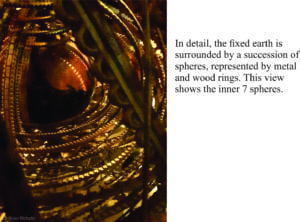

Surviving correspondence between Santucci and Galileo, indicates that Santucci had, after completing his sphere, second thoughts about his geocentric view of the universe. Maybe he thought the evidence for it was unassailable. But before he died, he reverted to his original world view. Did he fear eternal damnation? Or was he not able, intellectually or emotionally, to make the paradigm shift that would displaced him from the centre of everything. Fast forward 500 years, and the conflicts between science, belief systems and deep-seated ideologies, still simmer.

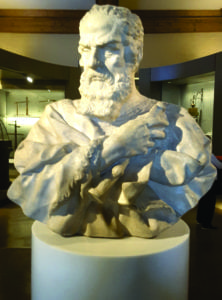
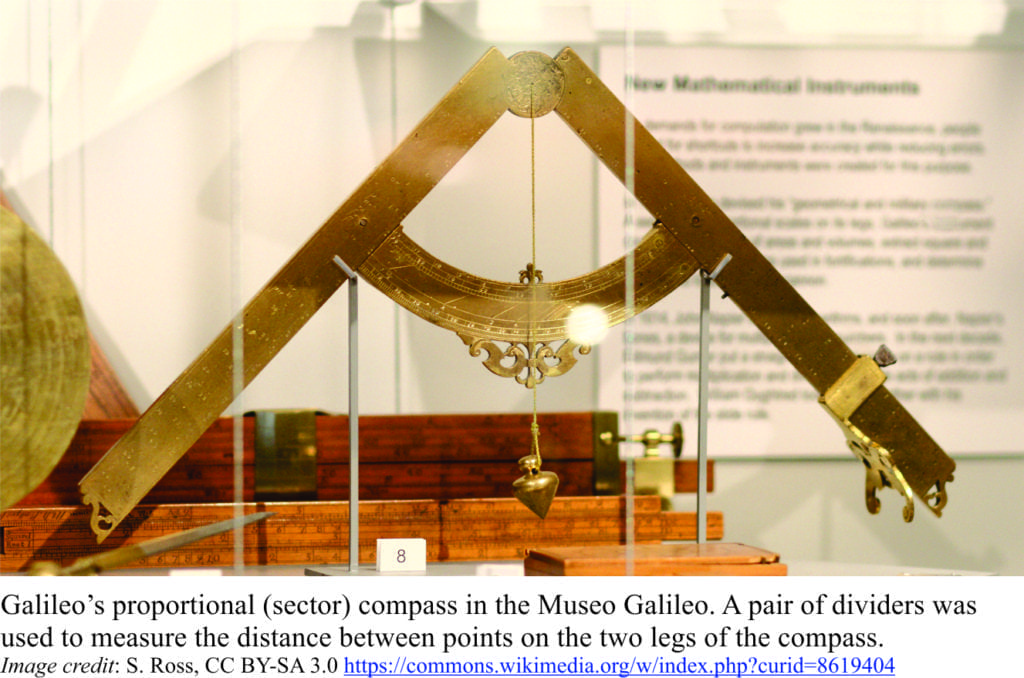
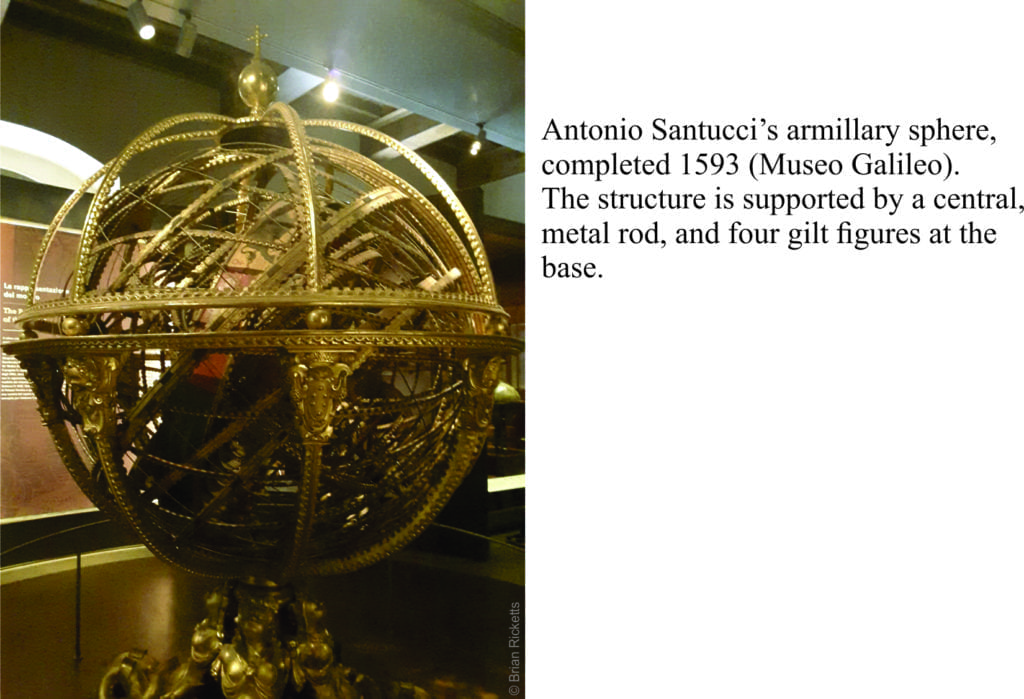
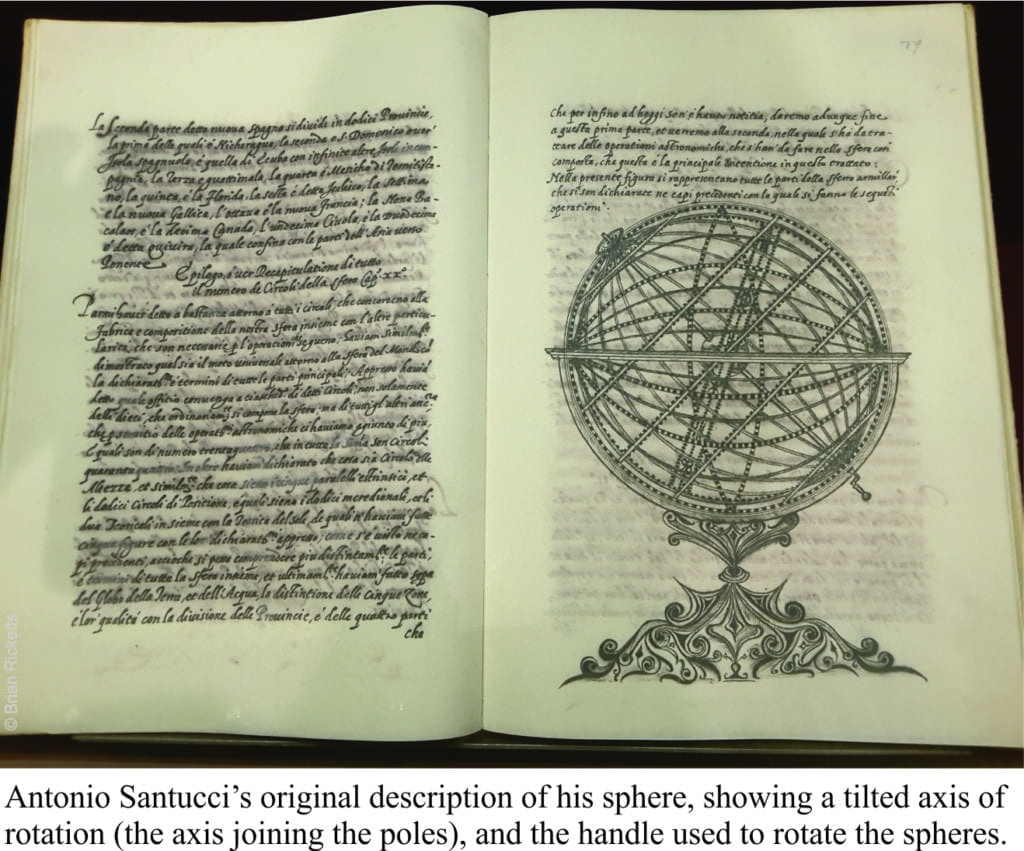
Pingback: student loans
Pingback: continuing education
Pingback: online education degrees
Pingback: Free Piano
Pingback: nba 2k18 coins